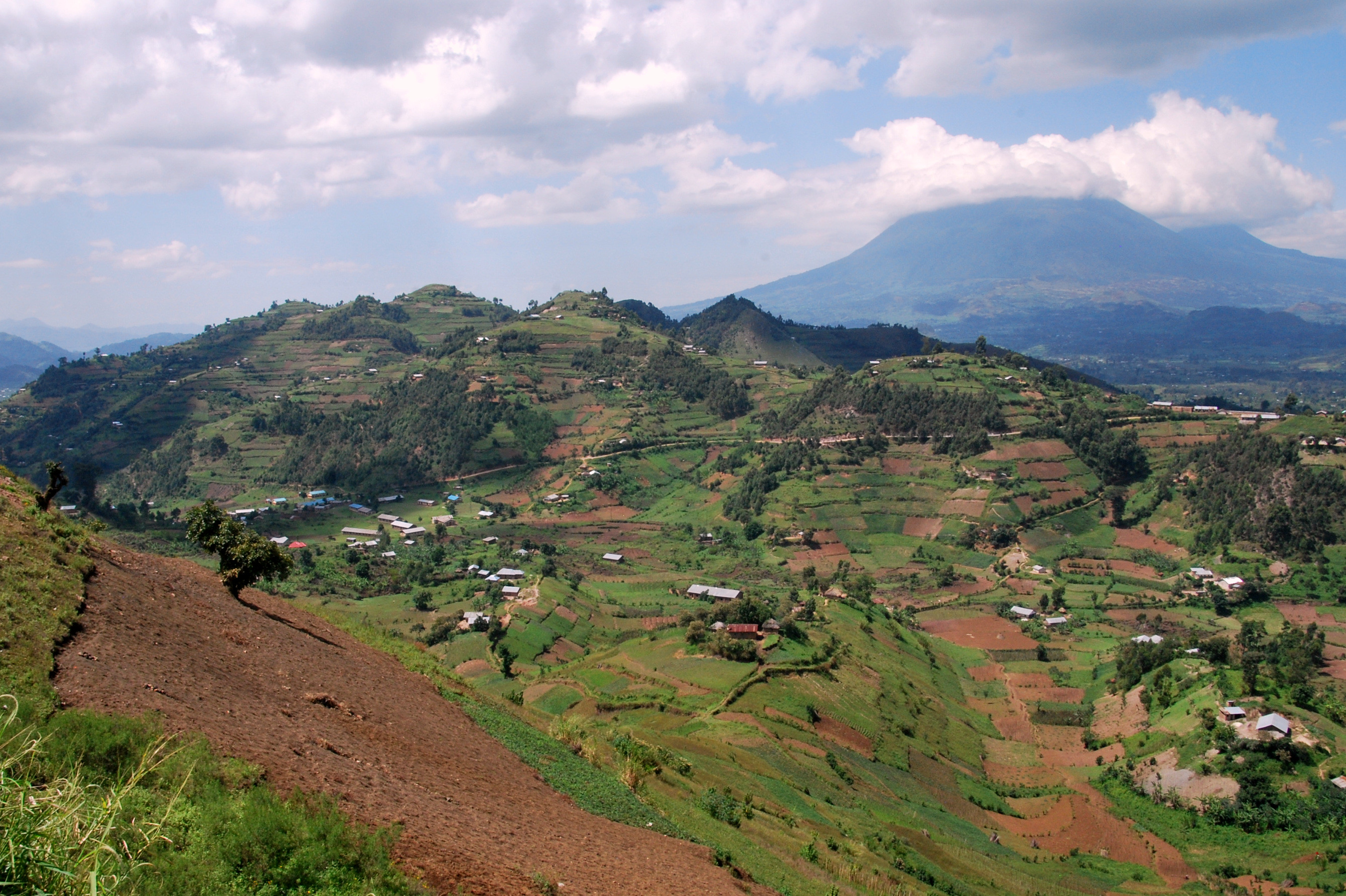Case Studies in Post-Conflict Governance (December)
In December 2019, the Rights Writers introduced themselves and their general topic – who are the key actors, what are their goals/incentives, and what are the main debates? (How does the topic relate to human rights specifically?)
Several years ago, I had a conversation with a young woman from a small town outside Kigali, Rwanda. A couple of years older than me, she was born in a place devastated by genocide, only three years after the violence had ceased. Yet her recollections of her childhood were placid and her perceptions of her country rosy.
She was never told whether her family was Hutu or Tutsi, whether they had been perpetrators or victims of genocide (though as in many intra-state conflicts, these were not sharp delineations in Rwanda). Her experience was not unique; none of her classmates had been told either. And her experience was not arbitrary; instead, it represented a collective reckoning that if knowledge of ethnicity could bring so much tragedy, it was better forgotten by the generations that followed.

Rwanda now has the highest percentage of women’s representation in governance in the world. Kigali is a hub for investment in Africa. The nation has recovered. Certainly, the journey was not without difficulties. From politicians who tried to stir up pre-existing ethnic hatred to ex-combatants who could not overcome the trauma, Rwanda struggled. And to this day, its President rules autocratically and criticism of the government is sharply curtailed. But, as compared to other cases, post-conflict governance in Rwanda has been incredibly successful.
Rwanda is in many ways a unique case: the scale and brutality of the violence was unprecedented, and the ethnic divisions which guided it were constructs of colonialism not cultural difference. But Rwanda can provide significant insights into how to manage post-conflict governance.
A post-conflict government, as the bulwark against renewed conflict and the guarantor of individual and collective rights, has profound implications for human rights. A successful model will respect and protect the human rights of all parties, irrespective of their religion or ethnicity. Unfortunately, such a government is hard to design. And even governments which succeed by this metric might fail by another.

Governance in the wake of a sectarian or ethnic conflict, whether civil war or genocide, faces a stiff mandate. To be successful, the system of government must be sufficiently stable to withstand pressure from any one group, sufficiently equitable to avoid entrenching ethnic or sectarian disparities, and sufficiently effective to retain power and provide crucial social services.
This often requires striking a series of precarious balances. On the one hand, the government must have enough veto points to prevent tyranny of the majority. On the other hand, the government must be able to make legislative and administrative decisions quickly enough to govern effectively. On the one hand, each ethnicity or sect must be represented in the government. On the other hand, the government cannot be run through ethnic or sectarian systems of patronage. On the one hand, the government must be sufficiently powerful to enforce the post-conflict settlement. On the other hand, the government cannot be so powerful that it can itself act in violation of the post-conflict settlement.
Discussion of protecting human rights in conflict is widespread – as it well should be. But the question of how to protect human rights when conflict is over but underlying divisions and tensions continue is underexplored.
This blog series will explore post-conflict reconstruction and models of ethnic and sectarian power sharing though three case studies, each emblematic of a different model:
- Rwanda following the Rwandan genocide and the military victory of the Rwandan Patriotic Front in 1994. Rwanda represents a model of deliberate erasure of ethnic distinctions.
- Lebanon following the Taif Agreement which ended the Lebanese Civil War in 1989. Lebanon represents a model of explicit power sharing — a system referred to as confessionalism.
- Kosovo following the end of the Kosovo War and UN Security Council Resolution 1244. Kosovo represents a model of secession and eventual independence.
While each of these case studies is emblematic of a model, they are by no means the only examples. I selected these case studies in particular both because enough time has elapsed since these governing structure were established to allow us to draw conclusions concerning long-term stability and success (or lack thereof) and because I am personally familiar with them.
In the context of each case study, I will also explore a secondary issue. With regards to Kosovo, the role of the United States as an external actor, in terms of both domestic political will for intervention and ramifications of peace-imposition by an external actor. With regards to Lebanon, recent developments in anti-government protests and what they symbolize. And with regards to Rwanda, the role of the media throughout the nation’s modern history, as a driving force of genocide, the instrument of its exposition, and a threat to the present regime.
In my final post, I will offer thoughts on broader lessons learned, generalizability, and room for innovation and improvement.
